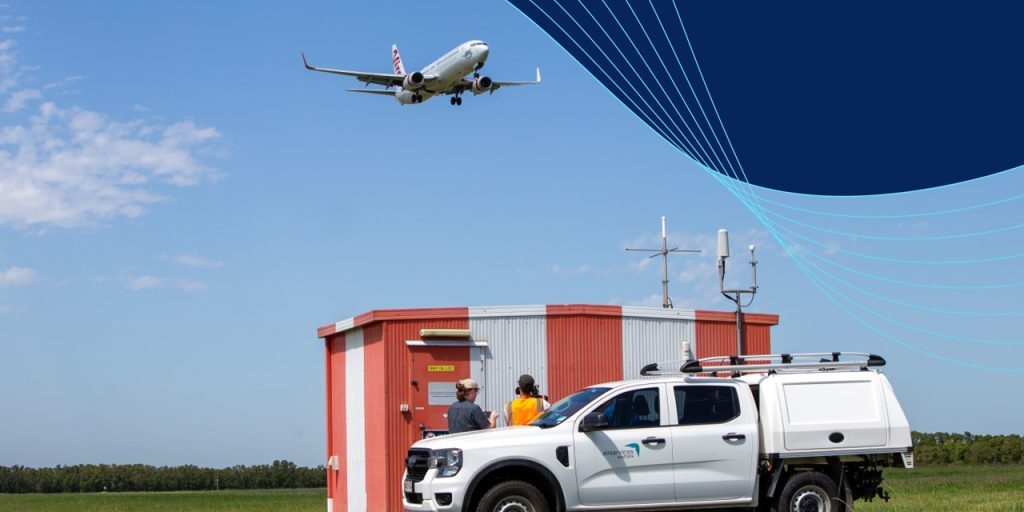Airservices Australia has released its Australian Aviation Network Overview Financial Year 2025 report covering trends in the Australian aviation sector.
Key highlights for FY2025 include:
- This June 2025 edition of the Australian Aviation Network Overview (AANO) report provides a snapshot of key performance results achieved for the Australian aviation network in Financial Year 2025 (FY2025). This report continues to evolve and demonstrates Airservices’ commitment to network improvement and transparent reporting for the benefit of the industry and travelling public.
- Despite global geopolitical and trade uncertainties, our sector has returned to growth supported by strong tourism, easing inflation and a shared commitment to sustainable aviation.
- In FY2025, the network activities stabilised, marked by a 6 per cent year-on-year growth in international flights while domestic flights declined slightly by 1 per cent. Passenger demand continued to outpace fleet capacity, driving record load factors. General aviation, particularly flight training, experienced steady 4 per cent year-on-year growth.
- However, structural, and operational challenges remain, including reductions in regional routes, ongoing aircraft supply chain constraints and extreme weather events. These factors continue to test the network capacity and operational resilience across the ecosystem.
- Amidst this dynamic environment, FY2025 marked a five-year high in on-time performance, aligning with global benchmarks. This result is due to industry-wide efforts to improve first-wave punctuality, resource management, and collaborative planning and crisis management.
- A sustained focus on network governance and coordination in protecting peak demand periods has delivered measurable improvements. The application of Ground Delay Programs (GDP) saw ground delays fall by approximately 50 per cent, while average airborne delays improved by over 10 per cent.
- Airservices’ air traffic service performance reached its highest levels in the last three years in terms of airspace service variations and impact on network outcomes. These results reflect the efforts in driving increased recruitment with the largest recruitment program in Airservices’ history, adding 62 new air traffic controllers in FY2025, including experienced recruits. Despite having reached a full staffing complement in Sydney Tower, a staff availability challenge on 22 June resulted in 21 hours of ground delays and 14 cancelled arrivals. Whilst disappointing, H1 FY2026 will see Airservices’ focus on strengthening roster resilience through ongoing recruitment, building standby capacity in critical locations.
About Airservices
Airservices Australia is a government-owned organisation responsible for safely and efficiently managing air traffic in 11 per cent of the world’s airspace, as well as the provision of aviation rescue fire fighting services at Australia’s busiest airports. We are regulated by the Civil Aviation Safety Authority and work closely with our customers and industry to support the long-term growth of the aviation industry.



